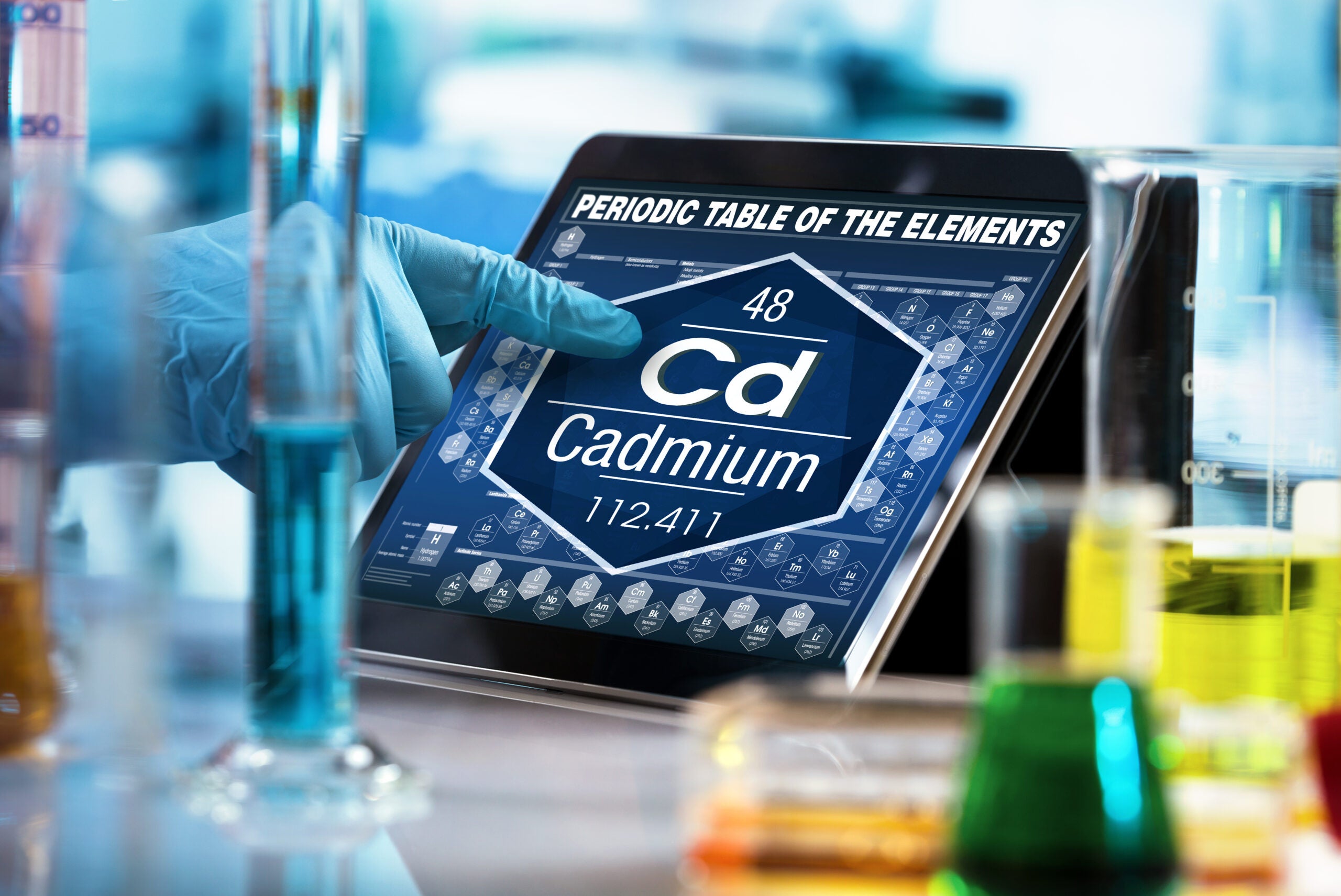New study demands far more than a pregnant pause: Expectant women carry dozens of toxic chemicals in their bodies
Richard Denison, Ph.D., is a Senior Scientist.
A long-awaited study documenting the presence of multiple toxic chemicals in the bodies of pregnant women was published today in Environmental Health Perspectives. The study, conducted by researchers at Program on Reproductive Health and the Environment at the University of California, San Francisco, analyzed the most recent comprehensive biomonitoring data collected by the Centers for Disease Control (CDC) as part of its national human biomonitoring program.
The new study found widespread exposure of pregnant women to a large fraction of the chemicals for which biomonitoring is conducted, including chemicals that are currently in widespread use, such as brominated flame retardants (known as PBDEs) used in furniture foam and plastics, perfluorinated chemicals (PFCs) used in everything from packaging to textiles, and a pervasive environmental contaminant used in rocket fuel (perchlorate).
In particular the study noted: “Certain PCBs, organochlorine pesticides, PFCs, phenols, PBDEs, phthalates, polycyclic aromatic hydrocarbons (PAHs) and perchlorate were detected in 99 to 100% of pregnant women.” (emphasis added)
The new study engendered the usual much-ado-about-nothing reaction from the American Chemistry Council (ACC):
“As part of daily life, our bodies naturally absorb organic and man-made chemicals from our environments, and analytical advances now allow researchers to measure exceedingly minute traces of such substances,” [ACC] spokesman Scott Jensen says. Even the CDC notes that the “mere presence of a chemical in the body does not mean that it will cause effects or disease,” he says.
At least ACC is acknowledging at last that such exposures are routine and a ubiquitous phenomenon in our daily lives. They’re now reduced to quibbling over the levels and what it all means. I guess that’s progress of sorts.
The new study does not, of course, prove these chemicals are causing harm to the women or their developing fetuses. But in my view, this study’s key finding that pregnant women are routinely exposed, not to one or a few, but to dozens or hundreds of chemicals should radically alter the presumption as to safety or lack thereof.
Moreover, the authors of the new study directly cite evidence that the levels of some chemicals detected in pregnant women are of concern, based on other available human data:
“While we did not make any direct connection to potential adverse health consequences, many of these chemical analytes were similar to levels measured in epidemiologic studies finding an association with adverse reproductive and developmental outcomes. These include: phthalates (prenatal exposures have been associated with increased risk of adverse male reproductive outcomes); mercury and developmental neurological outcomes, PBDEs and neurodevelopmental outcomes; and PCBs and maternal thyroid hormone disruption during pregnancy.” (references omitted)
And they point out that cumulative exposures need to be considered – that is, exposures to multiple chemicals that are linked to the same kinds of adverse health effects (e.g. effects on brain development), which is directly relevant for many of the chemicals detected in pregnant women. Addressing such cumulative exposures is a key recommendation of the National Academy of Sciences.
The new study leaves me with one question: How many more such wake-up calls do we need before our government enacts policies to ensure the safety of chemicals to which we are exposed?













One Comment
I have posted a comment #47 on Revkin’s Doteath NYTimes blog Sept !4 concerning this report as our govt. and many scientists love getting all kinds of analyses done to report but can not figure out what to do to stop toxics from getting into all our bodies. In my comment I point out again as I have done in previous comments on EDF blogs that we have to get control of our organic waste messes as the mishandling of them is the major source of chemical toxicants getting into our bodies. The pyrolysis of those massive ever-growing messes of organic wastes including separated sewage solids will destroy germs, toxics and drugs. We are allowing ourselves to be ever more polluted with those hazards as we continue to have those organic waste messes being mishandled. Can’t any one at EDF call for action on getting those wastes controlled via pyrolysis? Dr. J. Singmaster